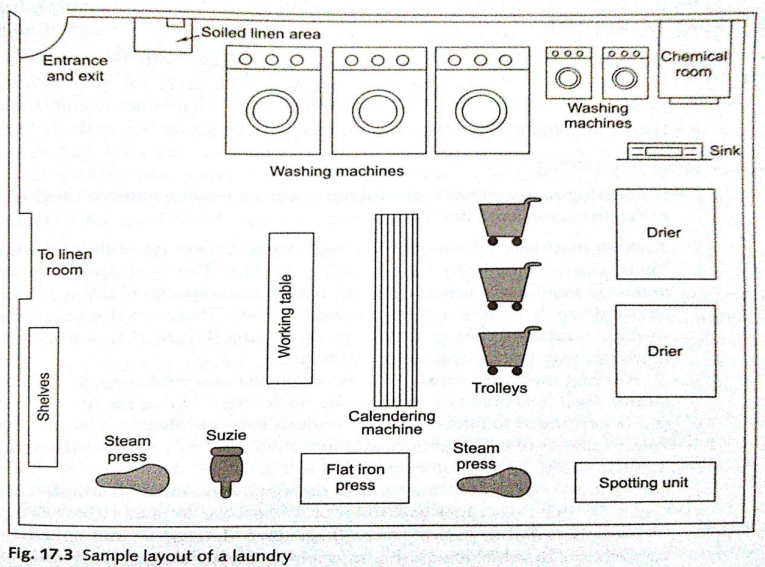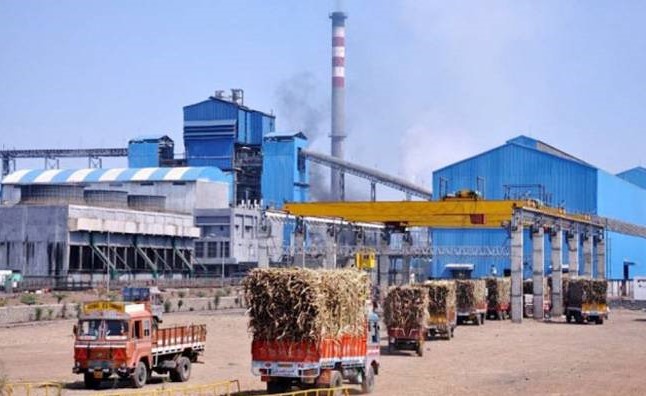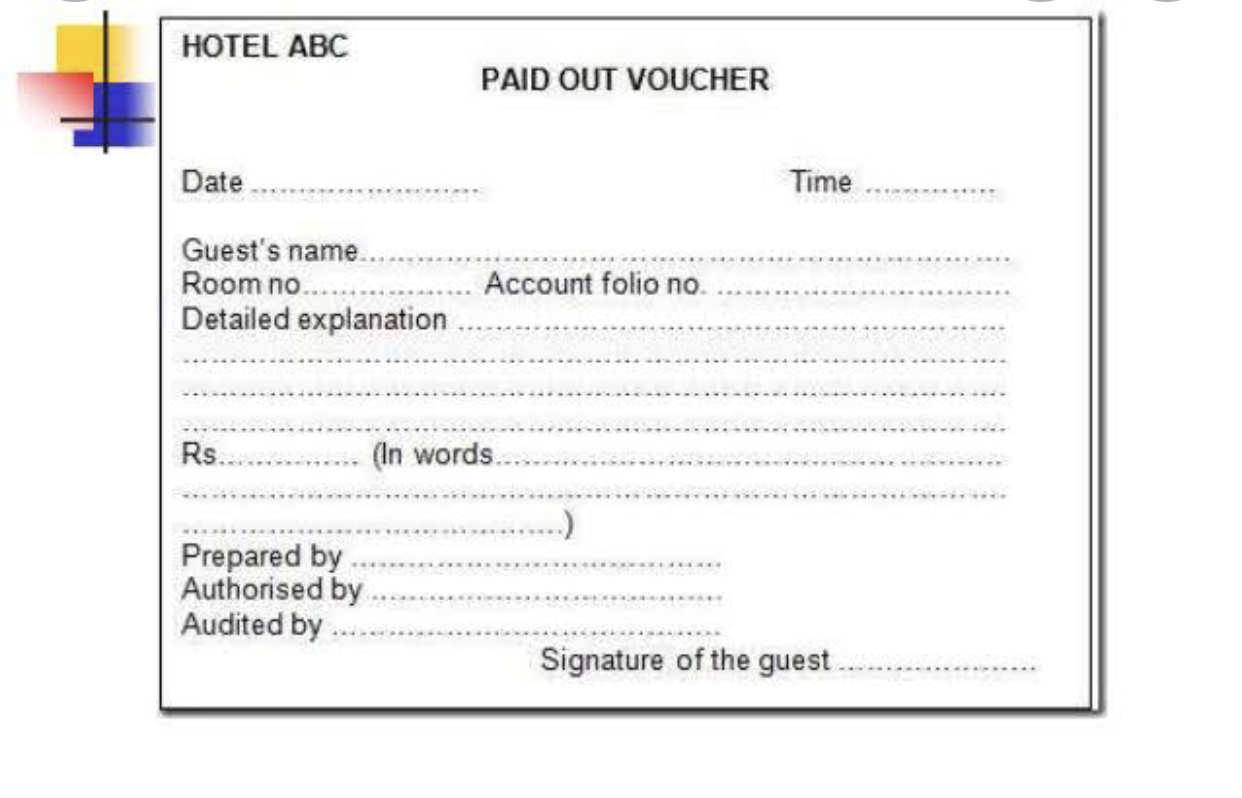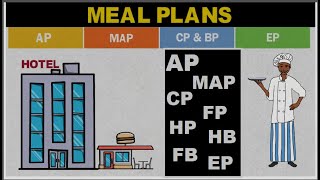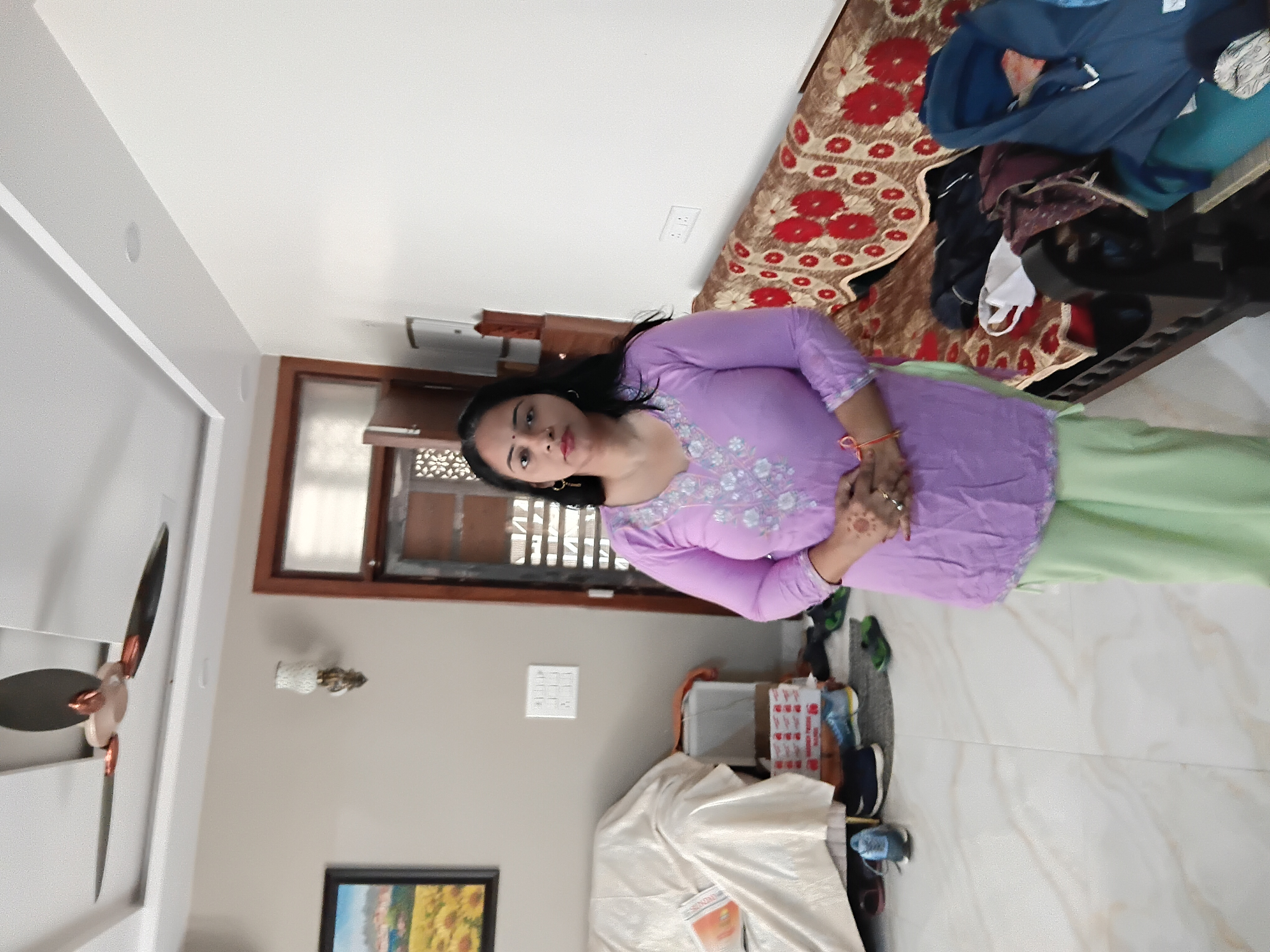BCA -:Bachelor of Computer Applications. (BCA) is a three-year undergraduate course which imparts students with the foundational and advanced knowledge of Information Technology and Computer Applications.
Bachelor in Computer Application (BCA) is an undergraduate degree course in computer applications. With the rapid growth of IT industry in India, the demand of computer professional is increasing day by day. This increasing growth of IT industry has created a lot of opportunities for the computer graduates.
Bachelor in Computer Application (BCA) is one of the popular courses among the students who want to make their career in the IT (Information Technology) field. The duration of the course is 3 years and divided into 6 semesters. It comprises of the subjects like database, networking, data structure, core programming languages like ?C? and ?java?. This course provides a lot of opportunities to the students who are interested in computer field and wants to work in the IT sector as programmer or software developer. To get complete knowledge about the course and career scope, you can go through this article.
Eligibility
Before planning for any examination it is very important to check out some basic but important points. One of the most important point before applying any course is the eligibility. It needs to be checked whether the candidate is eligible for appearing for desired course or not. The students who are interested in BCA as their higher studies must fulfill the following eligibility criteria:
Candidate Should be a citizen of India.
Candidate must have passed class 12th or senior secondary examination with at least 50% marks including English.
The 12th examination must be passed/Appearing with mathematics as a compulsory subject.
The minimum age limit is 17 years and the maximum age varies between 22-25 years.
The students are generally admitted on the basis of personal interview and written examination conducted by various institutes/universities.
Some institutes/universities admit student on merit basis.
The merit is prepared on the basis of candidate?s performance in the qualifying examination (12th).
Courses & Duration
The BCA is an undergraduate degree course in computer applications for duration of 3 years. After completing BCA, a student can go for MCA which is a master course in computer application and is considered equivalent to engineering course (B.Tech).
The study period of BCA includes various subjects such as Programming in C Language (Basic and Advanced), Networking, World-Wide-Web, Data Structure, Advanced C Language Programming, Database Management, Mathematics, Software Engineering, Object Oriented Programming using C++, Visual Basic, Programming using PHP, JAVA, Oracle, Operating Systems, Web Scripting and Development, etc.
The course curriculum of BCA is somewhat similar to the course as Bachelor of Technology (B.Tech).
Entrance Exams:
AIMA UGAT 2021
Scope
There is a huge scope in the field of BCA. One can do job or can go for higher studies after the completion of course.
Self employment option is also available. You can do freelancing or develop your own software if you have that much skills. There are many software MNCs (Multi National Companies) which provide job to the BCA graduates. If candidate has a work experience and all the necessary required skills then he/she can hold good positions in MNCs.
If you want deep knowledge in this field, then you can go for advanced courses such as MCA and PhD. MCA can be specialized in systems management, systems development, management information system, etc. After the completion of MCA, candidate can also get the job of lecturer in any of the reputed institutions.
Admission
Mostly, the admission to BCA course is done through the entrance test. Various Universities/Institutions conduct its own entrance exam for granting admission to their colleges. Some colleges provide admission on the basis of merit prepared by the score of qualifying examination (12th).
Also Check ? Courses After 12th
Career & Jobs
The demand of IT professionals is increasing not only in India but also in abroad. After the completion of the course, the student can find a job in reputed IT companies like IBM, Oracle, Infosys, and Google. The student can work as a system engineer, junior programmer, web developer or as a system administrator. This field provides you ample opportunities to make your career not only in private sector but also in the public sector. The government organization like NIC, Indian Army, Indian Air Force and India Navy also recruit large number of computer professionals for their IT department. After the completion of the course a student?s work profile may include:
System engineer in the top companies like Infosys, Wipro, hp, Google.
A system engineer develop, test and evaluate software, circuits and personal computer.
Programmer in various software development firms.
The duty of programmer is to write code for software. A programmer is primarily works in the computer language such as Assembly, COBOL, C, C++, C#, Java, Lisp, Python, etc.
Web developer in various web designing companies and online digital marketing companies.
A web developer is a programmer who specializes in the development of world wide web applications. The role of web developer is to build and maintain websites. A web developer must have skills in HTML/XHTML, CSS, PHP, JavaScript , etc.
System Administrator in an organization including a bank, school or college.
A System administrator is responsible for setting up and maintaining the system or server.
Software developer in the companies like Microsoft, Google, face book.
The sole responsibility of software developer is to develop software that ease the tasks of the people and enable to perform work efficiently. A software developer also installs, test and maintains the software.
Top Recruiters
A number of top recruiters look for the fresher degree holders for offering opportunity of work with. BCA is one of the demanding courses under the IT sector. Here, we have listed the prestigious companies that recruits BCA graduates:
Cognizant
TCS
Syntel
HCL
NIIT
Dell
Wipro
Tech Mahindra
Accenture
Hexaware Technologies Ltd.
Salary
The IT field is one of the highest paying fields for a fresher. A computer professional working in a big MNC can easily get an initial package of Rs. 25,000 to Rs. 40,000 per month. Some IT giants like Google, Microsoft, Oracle, Face book pays even a six figure salary to a fresh graduate.
About BCA
The full form of BCA is Bachelor of Computer Application. Its course subjects give good knowledge in critical areas of computer science and Networking. The Information Technology sector has a substantial economic impact and hence provide ample job opportunities. BCA is an undergraduate course that is comparatively similar to the B.Tech course in all the perspectives but only differs in the duration & fees.
Wikipedia explains BCA as "The BCA is a common degree for CS/IT students at Indian universities, and is an alternative to the engineering counterpart, the B.E/B.Tech in Computer Science and Engineering/IT, which requires four years of study. It is a technical degree that prepares students for a career in computer applications and software development; this being a professional course, even non-math students can also opt for this course, many universities offer this course in India. This is a good course for the non-math student, so they also can make their career in Information technology."


